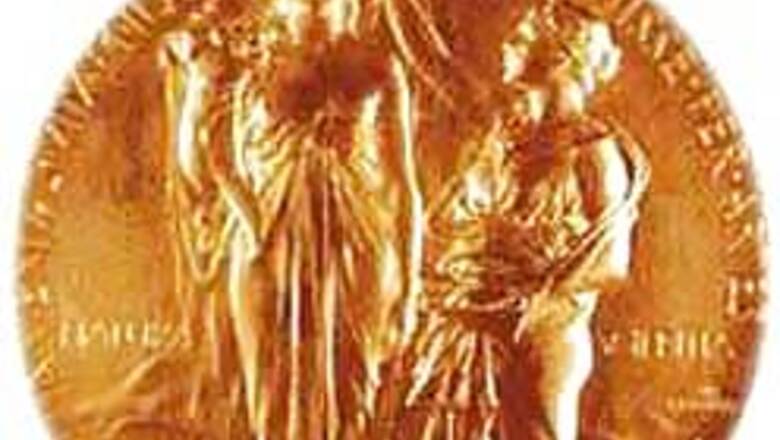
views
Stockholm: Americans John C Mather and George F Smoot won the 2006 Nobel Prize in physics on Tuesday for work that helped cement the Big Bang theory of the universe.
Sixty-year-old Mather works at the NASA Goddard Space Flight Center in Greenbelt, Maryland, and 61-year-old Smoot works at the Lawrence Berkeley National Laboratory in Berkeley, California.
The scientists were awarded the prize "for their discovery of the black body form and anisotropy of the cosmic microwave background radiation,'' the Royal Swedish Academy of Sciences in Stockholm said.
Their work was based on measurements done with the help of the NASA-launched COBE satellite in 1989. The information from the satellite helped provide increased support for the Big Bang theory of the beginning of the universe.
They were able to observe the universe in its early stages about 380,000 years after it was born. Ripples in the light they detected also helped demonstrate how galaxies came together over time.
''The very detailed observations that the laureates have carried out from the COBE satellite have played a major role in the development of modern cosmology into a precise science,'' the academy said in its citation.
Alfred Nobel, the wealthy Swedish industrialist and inventor of dynamite who endowed the prizes, left only vague guidelines for the selection committee.
In his will, he said the prize should be given to those who "shall have conferred the greatest benefit on mankind'' and "shall have made the most important discovery or invention within the field of physics.''
Last year, Americans John L Hall and Roy J Glauber, and German Theodor W Haensch, won the prize for work that could lead to better long-distance communication and more precise navigation worldwide and in space.
The prize was given to the three for their work in applying modern quantum physics to the study of optics. Engineers have used their observations to improve lasers, Global Positioning System technology and other instruments.




















Comments
0 comment